Step into the fascinating world of ostrich eggs, where size, nutrition, and culinary potential collide to offer a unique experience. Ostrich eggs, renowned for their remarkable characteristics, hold a special place in the realm of culinary exploration. In this comprehensive guide, we unveil the mysteries of ostrich eggs, from their physical attributes to their nutritional benefits and the best practices for usage and storage.
Ostrich eggs are the largest eggs laid by any living bird species, boasting impressive dimensions and a distinctive appearance. Typically, an ostrich egg is elongated in shape, resembling a large teardrop. The shell of an ostrich egg is incredibly thick and sturdy, with a glossy, off-white surface. In terms of size, a single ostrich egg is equivalent to roughly 24 chicken eggs, making it a true marvel of nature.
While the exact weight of ostrich eggs can vary, they typically weigh between 1.3 to 1.8 kilograms, or approximately 2.9 to 4 pounds. The sheer size and weight of ostrich eggs make them a sight to behold and a unique addition to any culinary endeavor.
Ostrich eggs are not only impressive in size but also in their nutritional composition, offering a wealth of health benefits. Here’s a glimpse into the nutritional profile of ostrich eggs per 100 grams:
Ostrich eggs are calorie-dense, containing approximately 160 calories per 100 grams.
They are a rich source of high-quality protein, essential for muscle repair and growth.
Ostrich eggs contain healthy fats, including monounsaturated and polyunsaturated fats.
Ostrich eggs are packed with essential vitamins and minerals, including vitamin A, vitamin E, vitamin B12, iron, and selenium..
Incorporating ostrich eggs into your diet can help boost protein intake, support muscle development, and provide essential nutrients for overall health and vitality. Their nutrient-dense nature makes them a valuable addition to any balanced diet.
Using ostrich eggs in culinary endeavors requires careful consideration due to their size and unique characteristics. Here are some tips for effectively utilizing and storing ostrich eggs:
When preparing ostrich eggs, it’s essential to handle them with care due to their thick shells. To crack open an ostrich egg, a sturdy knife or hammer may be required to penetrate the tough exterior. Once opened, the contents can be used in various recipes, including omelets, quiches, frittatas, and baked goods.
Ostrich eggs should be stored in a cool, dry place away from direct sunlight to maintain their freshness. If you plan to store an ostrich egg for an extended period, it’s advisable to empty the contents by piercing both ends of the shell and blowing out the egg, similar to emptying a chicken egg. The empty shell can then be cleaned and preserved for decorative purposes or artistic endeavors.
Ostrich eggs can be used in a wide range of culinary applications, offering a rich and flavorful addition to various dishes. Their large size makes them ideal for feeding a crowd or creating impressive culinary presentations. Experiment with ostrich eggs in your favorite recipes to unlock their unique flavor and texture.
Ostrich eggs stand as a testament to nature’s diversity and ingenuity, offering a wealth of culinary possibilities and nutritional benefits. By understanding their physical characteristics, nutritional composition, and best practices for usage and storage, you can fully appreciate the allure of ostrich eggs in your culinary adventures.
Whether used as a centerpiece for a special occasion or incorporated into everyday meals, ostrich eggs are sure to captivate the senses and elevate your culinary creations.
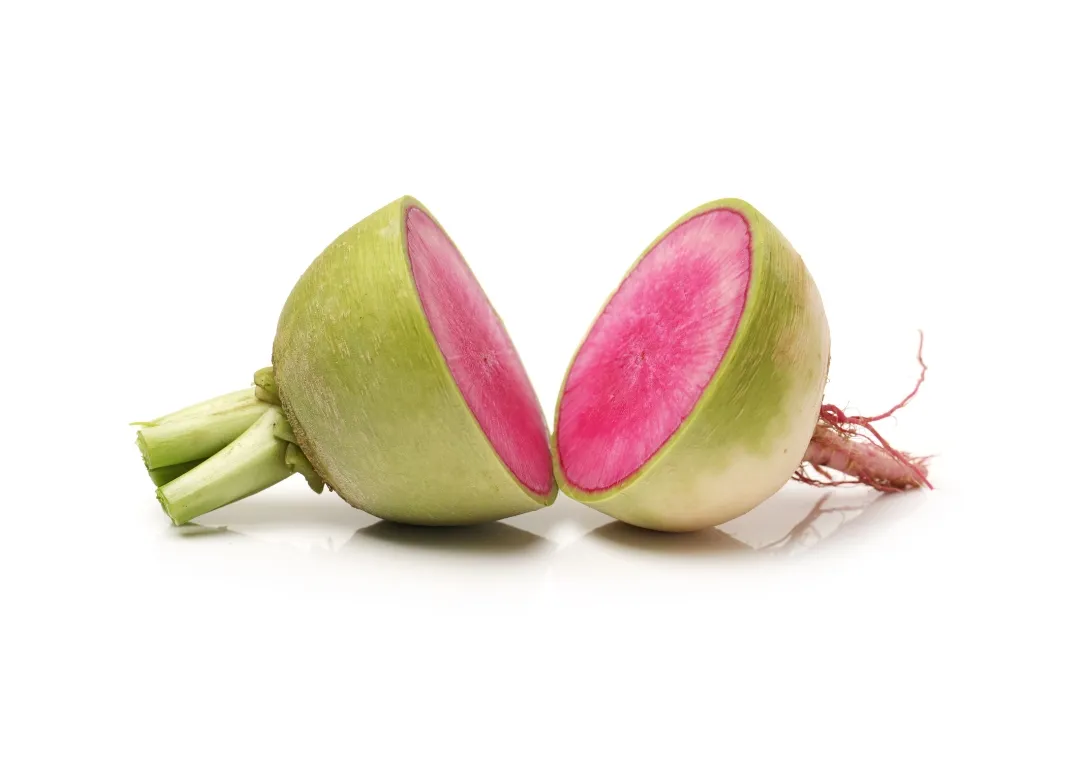

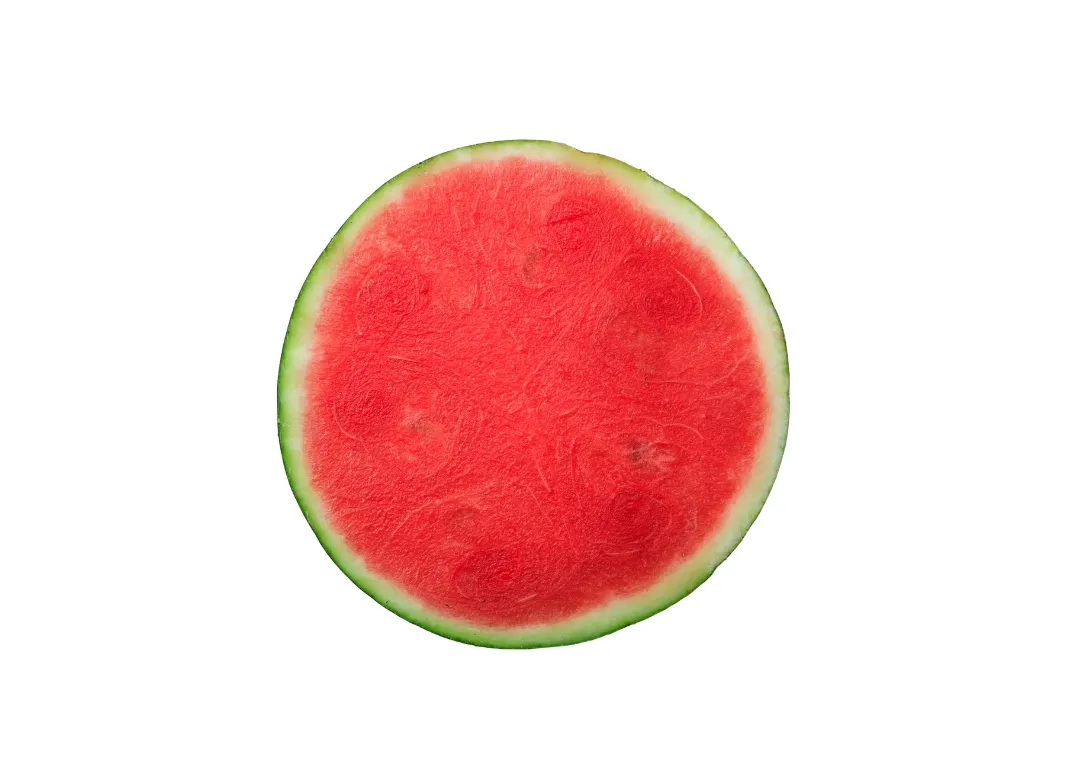



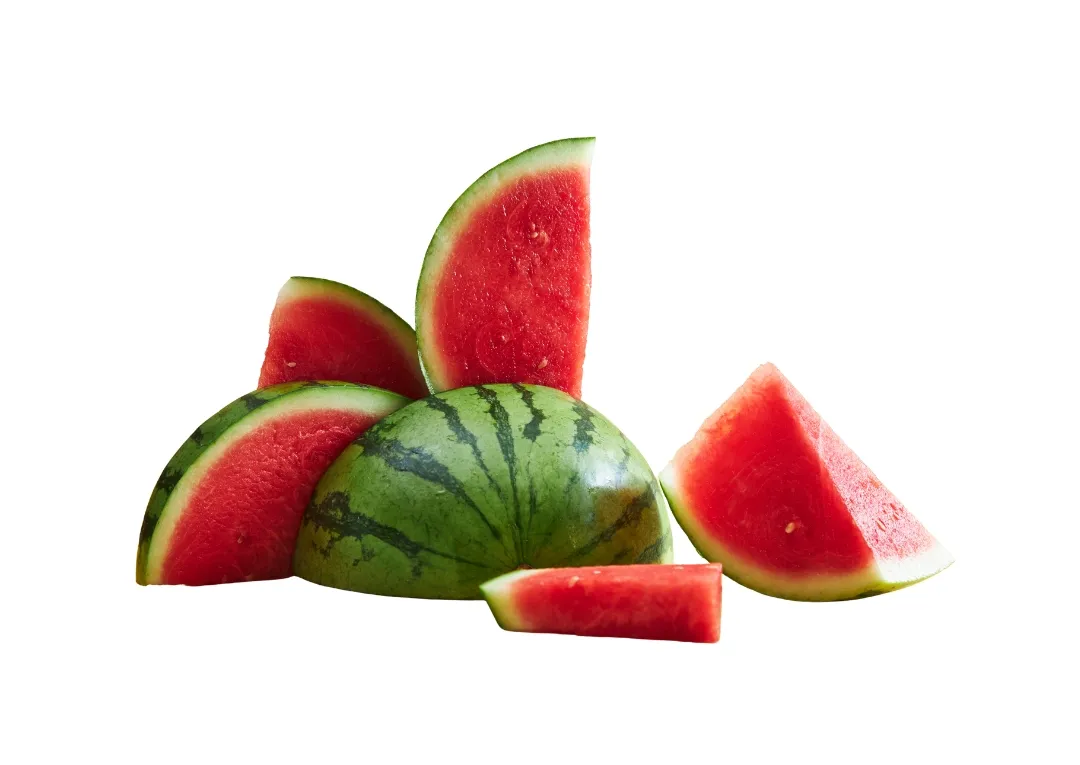
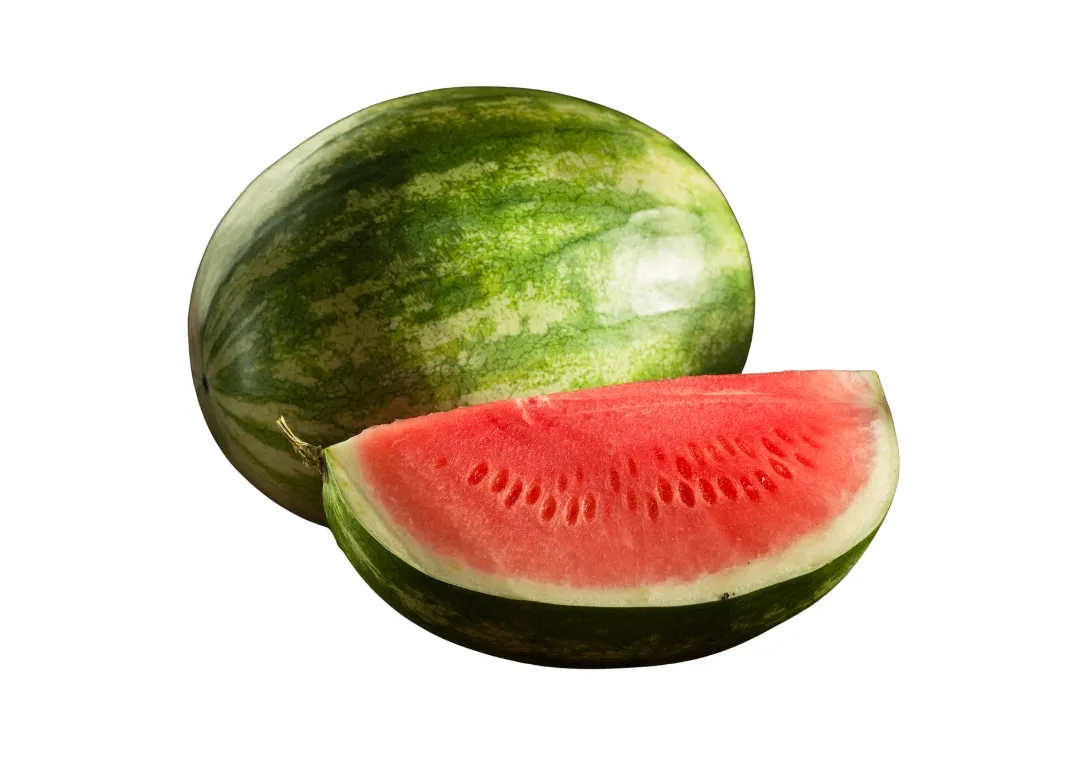

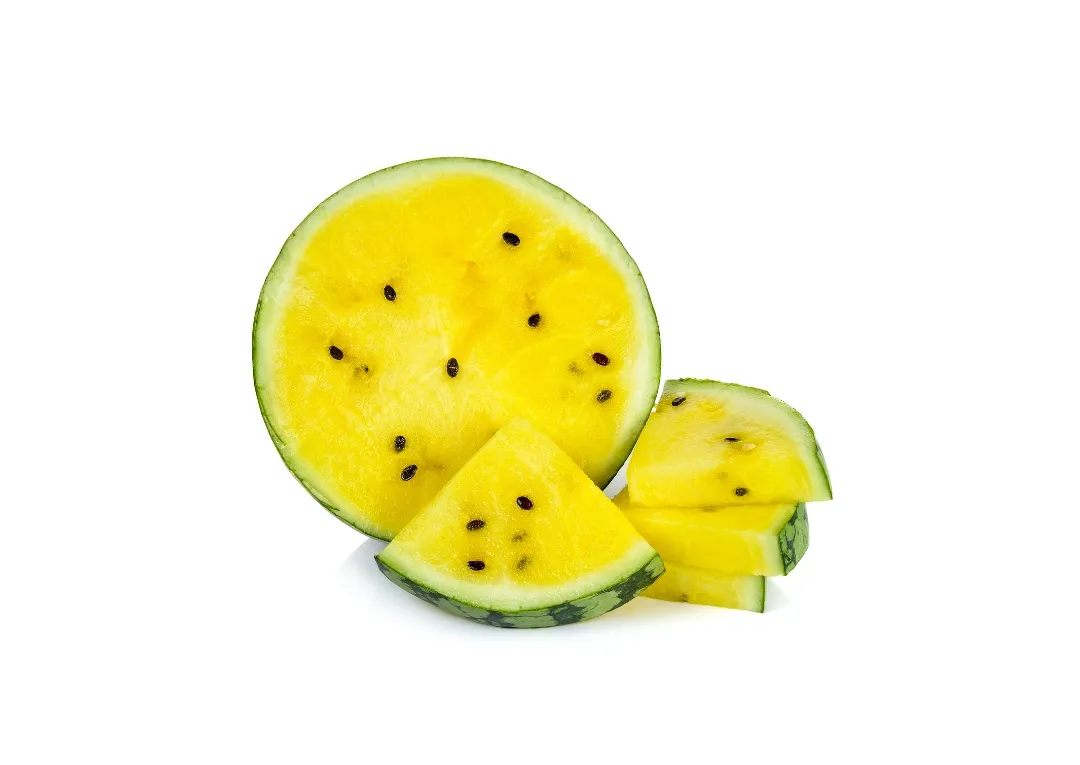
Yes, Mr Mart offers a selection of organic fruits and vegetables. These items are clearly labeled in the produce section.
Yes, Mr Mart offers a selection of organic fruits and vegetables. These items are clearly labeled in the produce section.
Yes, Mr Mart offers a selection of organic fruits and vegetables. These items are clearly labeled in the produce section.
Yes, Mr Mart offers a selection of organic fruits and vegetables. These items are clearly labeled in the produce section.
Yes, Mr Mart offers a selection of organic fruits and vegetables. These items are clearly labeled in the produce section.
Yes, Mr Mart offers a selection of organic fruits and vegetables. These items are clearly labeled in the produce section.
Where Fresh Groceries Meet Everyday Convenience in Dubai & Beyond
At Mr Mart, we keep things simple: high-quality groceries, reliable service, and a shopping experience that actually works for you. Whether you’re strolling our aisles or tapping through our app, you’ll find fresh fruits, crisp organic veggies, premium cuts of meat, and top-tier seafood—handpicked for quality and flavor.
We’re not just another supermarket. As one of the UAE’s go-to grocery spots, we’ve built a seamless online store and mobile app to help you shop smarter, not harder. Get the best prices, score exclusive deals, and stock up with flexible bulk-buying options—no matter the size of your household or the chaos of your schedule.
Need it delivered? No problem. We offer free delivery across Dubai and the UAE, with every order packed carefully and delivered fresh to your door. From pantry staples to specialty finds, we make grocery shopping feel less like a chore and more like a win.
At Mr Mart, it’s all about you—your time, your taste, and your trust. So go ahead, shop fresh. Shop smart. Shop Mr Mart.
Reviews
There are no reviews yet.